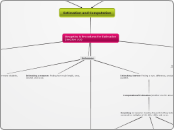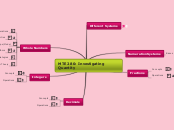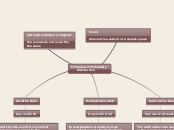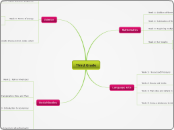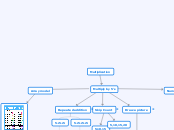Algorithms for Multiplication and Division Section (3.4)
Manipulatives: Solving math problems while using base ten blocks. Here is a helpful link to get kids use to the counting with Base ten blocks.
Activities for students to help them work on their base ten counting.
Area model for multiplication: instead of using just the numbers, use the base ten blocks to help you out.
Really Important for the kid to learn this way as well. It is a more visual way for the students to learn and practice their multiplication.
Helpful worksheets through website for practicing with base ten counting.
Lattice Multiplication
A visual way of multiplying in a pattern. Would work well with visual learners.
This would be a good way to get students who are younger to watch how to do the process, because a cartoon will really draw them in!
Algorithms for Addition and Subtraction (Section 3.3)
The order in which the number with a given place value are added doesn't matter because all partial sums are recorded.
Standard Algorithm for Addition: There are ten or more ones , we regroup 10 ones as 1 ten and then add the tens.
Helpful for Expanded Algorithims.
Expanded Algorithim for Addition
Video perfect for learning tens, ones, and hundreds. Good for young ages. BEGINNER.
Base Ten Blocks
Perfect game/activity for base ten learning how to count with the blocks!
Estimation and Computation
Strageties & Procedures for Estimation (Section 3.2)
Front-end Estimation
Clustering
Clustering technique: involves looking for the number about which the addends cluster and then multiplying by the number of addends.
Helpful video, idea on maybe the kids each pick a problem and explain it to the class as if they were the teacher!
Substitute compatible numbers technique: involves replacing some or all of the numnbers in a computation with number that are easy to compute mentally.
Helpful video to get kids into this section.
Techniques:
Estimating Answer: Finding a sum, difference, product, or quotient.
Computational Estimation (Another one for above)
Rounding: Is based on locating the point halfway between consecutive multiples of 10, 100, 1000, and so on.
Rounding Activity for kids.
Examples: a.)16,942-7,540=9400
Games to help with rounding, for kids.
Estimating a meausre: Finding how much length, area, volume, and so on.
1. Estimating a Quainty: Finding how many students, dauys lunches, classes, and so on
Vocabulary:
Computational Estimation: Is a prcoess for finding a number of reasonably close to the exact answer for calculatio.
